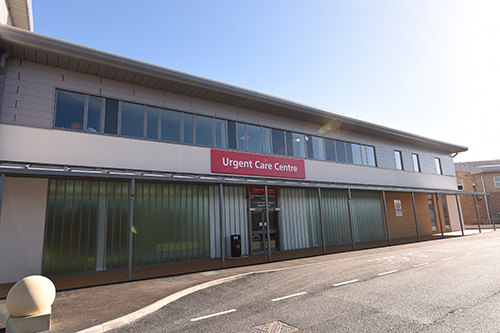
Patients attending the Urgent Treatment centre at Burnley General Hospital will soon be benefitting from a new streaming tool to help ensure they get the right treatment at the right time.
Upon arrival at the Urgent Treatment Centre, the tool will guide the patient through a series of questions in order to assess and prioritise their condition. Those who do not need immediate treatment may be given an appointment and asked to return to the department later.
Dr Georgina Robertson, Clinical lead for Emergency Medicine for the Department explains more: “The streaming tool will help us to ensure that everyone receives the treatment they need without lengthy waits in the department.
“Once the information is gathered, we will be able to determine whether a patient needs to be seen immediately or if they can be asked to return at a later, appointed time. This will reduce crowding in the waiting areas making it much safer for patients and colleagues, especially in light of the new Omicon variant of the Covid-19 virus.
“I would also like to take this opportunity to remind people that this is not an alternative to GP or other primary care services and urge everyone to use their health services appropriately. Once the tool in in full use, we will be hoping to redirect patients attending to the most appropriate service so checking with NHS 111 online first could save you a wasted journey.
“Our Urgent Treatment Centre at Burnley General Teaching Hospital is for conditions suitable for an urgent assessment or urgent appointment, such as Minor head injuries:
- Minor injuries
- Sprains
- Cuts and scrapes
- Bites
- Eye problems
- Rising temperature
It is not for life-threatening conditions people should still use the A&E service based at Royal Blackburn Teaching Hospital for critical or life-threatening situations requiring urgent medical attention, such as loss of consciousness, heavy blood loss, broken bones, persistent chest pain, difficulty breathing, overdoses, ingestion or poisoning.”


